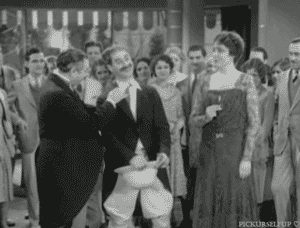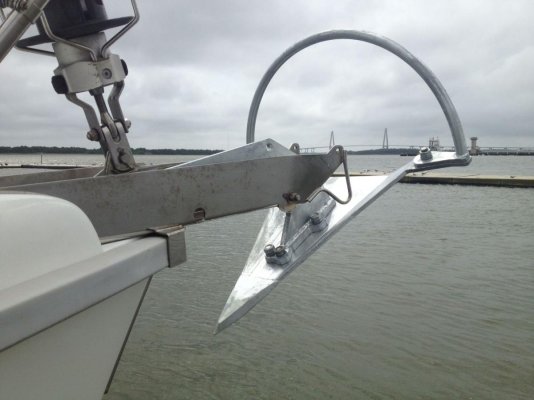Steve:
I am not trying to nit pick your tests, just to understand them and offer some suggestions if you keep up this worthy exercise.
It's all good. Nit pick away!
What most of us care about is an anchor that sets easily and holds well at reasonable scope. Some anchors don't set easily like the Delta, but will hold forever, at least in a straight line pull. Others set very easily (at least in sand like your tests) but lack ultimate holding power such as the Bruce.
Your tests favor the easy setting anchors like the Bruce, Spade and Manson because the tests are mostly on short scope and the anchor has to resist the momentum of a boat moving 2 kts in reverse. I am almost sure that a Delta would fail miserably in those conditions.
Also even though they probably weren't designed to do so, your tests don't say much about ultimate holding power. Some of the anchors dragged or pulled out when you applied 3,000 rpms but some didn't. I suspect that 3,000 rpms on your boat in reverse applies something less than 500 lbs of force. In studying other anchor tests, 500 lbs won't discriminate between the ok and great anchors.
I am currently seeking load cell test equipment and will conduct a dock side bollard pull test when able.
I did recently hold the boat stationary in reverse against a gale (upper 30's, NOAA measured) at 3,000 RPM. Engine is 40 HP. Propeller is a fixed, three blade of 18" diameter. This propeller is larger than normal (for sailboats) but I was still surprised by this good reverse performance.
From what I have seen, it takes a minimum of 1,000 lbs of holding power to be reasonably safe in high winds and preferably double that. I would be much more comfortable anchoring in a gale with a Spade or a Manson than a Bruce, even though your tests seem to indicate that they perform all the same.
I realize that you are not testing ultimate holding power, but your tests need to acknowledge that fact.
Agreed. I should make that point even more obvious.
What might be interesting is to set the anchors at 5:1 at slow speed- less than 1 kt, which will probably let most that failed to set, set. Then decrease to 3:1 and see if they hold at 3,000 rpm. 3:1 is the shortest scope that I would attempt to use in a crowded anchorage.
Actually, the only anchor that COMPETELY failed to engage the bottom (Danforth COPY) did get tested at 5 to 1 scope and with a slow pull (Watch the whole video as scope is increased about half way through. See below).
The other anchor that only partially engaged (at scope of more than 3 to 1) was the Bruce COPY - an anchor type that normally does well at short scope. I believe this anchor failed because it is a bad copy/wrong shape. The Genuine Bruce of the same weight set instantly at 3.5 to 1
BTW that was an interesting test of the Fortress with mostly nylon rode that you just posted. It grabbed when the scope was increased to 3:1 while moving at 3+ kts which is surprising.
Agreed, It was surprising. And just to clarify, the scope needed to be increased because the anchor as trying to "fly" away from the seabed. At less than 3 to 1 and at that particular speed (and with that mostly rope rode), the anchor would never have made it to the bottom.





